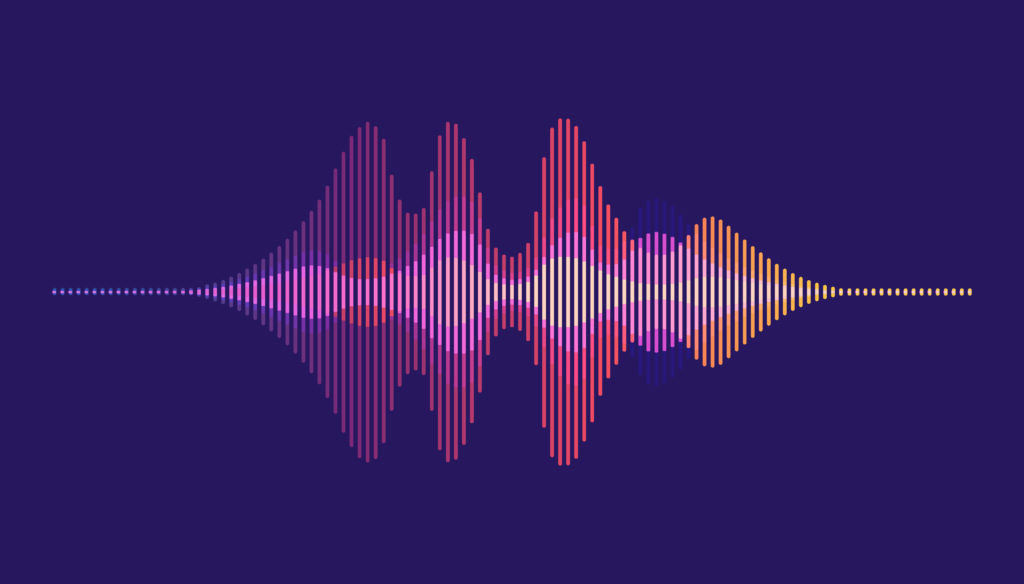In this activity, students experience first-hand the effect of sound travelling through a solid and the air.
An object produces sound when it vibrates in matter. This could be a solid (for example, earth), a liquid (water), or a gas (air). Most of the time, we hear sounds travelling through the air in our atmosphere.
When a sound is produced, it causes the air molecules to bump into their neighbouring molecules, which then bump into their neighbours, and so on. There is a progression of collisions that pass through the air as a sound wave. The air itself does not travel with the wave (there is no gush or puff of air that accompanies each sound); each air molecule moves away from a rest point and then, eventually, returns to it.
Sound travels differently through a solid object than through a gas. Because the molecules in a solid are packed much closer together (more densely), vibrations are passed along much more easily from one molecule to the next. As a result, sound waves travel faster through solids (such as a length of string) than through gases (like air). That is why we put our ear to a person’s chest to hear their heartbeat, and cowboys in old movies put their ear on the railway tracks to sense the vibrations of a far-off train.
When we hear something, what we are sensing are the vibrations in the air. These vibrations enter the outer ear and cause the eardrum to vibrate too.
The ears are extraordinary organs. They pick up all the sounds around us and then translate this information into a form the brain can understand. One of the most remarkable things about this process is that it is completely mechanical. The sense of smell, taste and vision all involve chemical reactions, but the hearing system is based solely on physical movement.
Sound vibrations are funneled into your ear canal by your outer ear (pinna). As the vibrations move into your middle ear, they hit your eardrum and cause it to vibrate as well. Your eardrum in turn vibrates the three smallest bones in your body: first, the hammer (malleus), then the anvil (incus), and finally, the stirrup (stapes).
The stirrup passes the vibrations into a coiled tube in the inner ear called the cochlea. The fluid-filled cochlea contains thousands of hair-like nerve endings called cilia. When the stirrup causes the fluid in the cochlea to vibrate, the cilia move. The cilia change the vibrations into messages that are sent to the brain via the auditory nerve. The auditory nerve carries messages from 25,000 receptors in your ear to your brain. Your brain then makes sense of the messages and tells you what sounds you are hearing.



